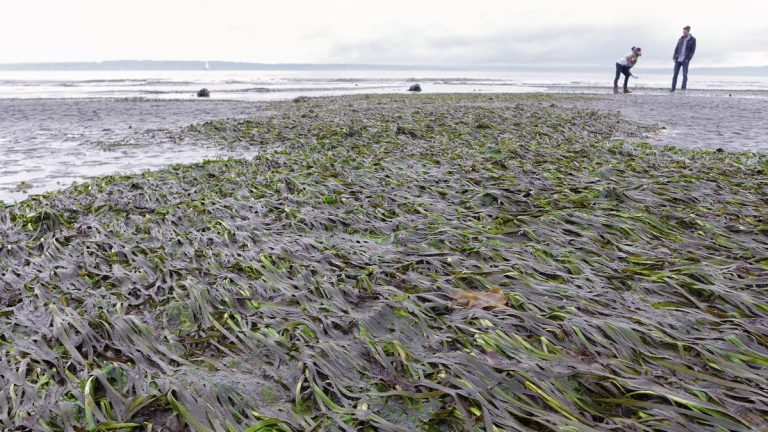In the shallows off the Virginia coast, lush grasslands filled with bright green spindly plants called eelgrass sway in the waves.
Bieri: “It's kind of like a forest in the underwater world, you know, it provides structure and habitat, shelter, food, a place to raise their young, a place for juvenile fish and soft-shell crabs to seek shelter.”
Jill Bieri works at The Nature Conservancy's Virginia Coast Reserve, a protected area along 75 miles of coastline.
In the 1930s, disease and hurricanes wiped out eelgrass in Virginia.
But by the late 1990s, a patch of eelgrass began to grow again, so conservationists began planting more.
In addition to providing habitat, eelgrass can reduce coastal erosion by stabilizing seafloor sediments.
It would also remove carbon pollution from the atmosphere that causes planet warming.
Environmentalists have now spread eelgrass seeds across hundreds of acres of seafloor. And the eelgrass itself has spread even further.
Bieri: “We went from zero to almost 10,000 acres.”
This could help Virginia reduce shoreline erosion and climate change.
Report source: Ethan Freedman / ChavoBart Digital Media
We help millions of people understand climate change and what to do about it. Help us reach more people like you.
